Bile reflux is a medical condition characterized by a backflow of bile from the small intestine into the stomach and up to the esophagus and throat. Bile is a digestive fluid synthesized in the liver, essential for digesting fat. It is under normal circumstances not found in the stomach or esophagus and its presence is associated with the inflammation of these organs.
This is a serious health issue that requires adequate treatment. Medications may help people suffering from bile reflux. However, many times patients require surgery because the condition cannot be controlled with conservative treatments.
Bile Reflux Symptoms
It is actually quite challenging to differentiate bile reflux from acid reflux. This is because the symptoms and signs of both of these conditions are quite similar, sometimes completely the same.
Common bile reflux symptoms are mild to severe upper abdominal pain, repeated heartburn, nausea, and vomiting bile. Cough is a consequence of prolonged bile reflux. Similarly, if the condition lasts too long, one may develop hoarseness. Finally, patients suffering from bile reflux may lose weight.
Pathophysiology of Bile Reflux Disease
Bile synthesis and elimination into the small intestine are induced by the presence of fat in the gastrointestinal tract. Once eliminated from the liver (via the cystic duct and the common bile duct) bile enters the duodenum.
Inside the small intestine bile helps digestion of fat and helps its absorption. It is supposed to travel down the gastrointestinal tract. However, this digestive fluid may enter the stomach and even move upward to the esophagus and throat. This occurs only if the muscles of the stomach and the lower portion of the esophagus do not close sufficiently. The entrance of bile into the stomach causes gastritis and in the esophagus esophagitis.
Bile Reflux Causes
Bile reflux may be a complication of gastric surgery. In such cases, it develops as a consequence of damage to the pyloric valve.
Peptic ulcers may sometimes be located near the pyloric valve. Their healing can cause scarring which subsequently leads to inadequate opening and closing of the lower portion of the stomach.
Finally, bile reflux is more common in people who have undergone cholecystectomy, and surgical removal of the gallbladder.
Bile Reflux Complications
Heartburn and gastroesophageal reflux disease are common complications of bile reflux disease. They subsequently lead to persistent inflammation of the esophagus (chronic esophagitis). Prolonged inflammation of the inner lining of the esophagus may cause esophageal narrowing and subsequent swallowing difficulties.
Recurrent entrance of bile inside the esophagus is also a potential cause of Barrett's esophagus. In Barrett's esophagus, the irritation of the esophageal tissue is a trigger for structural changes in the superficial layer. These changes are considered precancerous and may easily transform into invasive cancer.
Finally, apart from chronic esophagitis, bile reflux is also a contributor to chronic gastritis.
- Sixty-five patients (40 male, 25 female; mean age, 50 ± 7.8 years) who continued to report symptoms after 8 wk of high-dose proton pump inhibitor (PPI) therapy, as well as 18 patients with Barrett’s esophagus, were studied. All patients filled out symptom questionnaires and underwent endoscopy, manometry and combined pH-metry and bilimetry.
- There were 4 groups of patients: 22 (26.5%) without esophagitis, 24 (28.9%) grade A-B esophagitis, 19 (22.8%) grade C-D and 18 (21.6%) Barrett’s esophagus.
- Heartburn was present in 71 patients (85.5%) and regurgitation in 55 (66.2%), with 44 (53%) reporting simultaneous heartburn and regurgitation. The prevalence of pathologic acid reflux in the groups without esophagitis and with grades A-B and C-D esophagitis was 45.4%, 66.6% and 73.6%, respectively.
- The prevalence of pathologic bilirubin exposure in these 3 groups was 53.3%, 75% and 78.9%, respectively. The overall prevalence of bile reflux in non-responsive patients was 68.7%. Pathologic acid and bile reflux was observed in 22.7% and 58.1% of non-esophagitic patients and esophagitic patients, respectively.


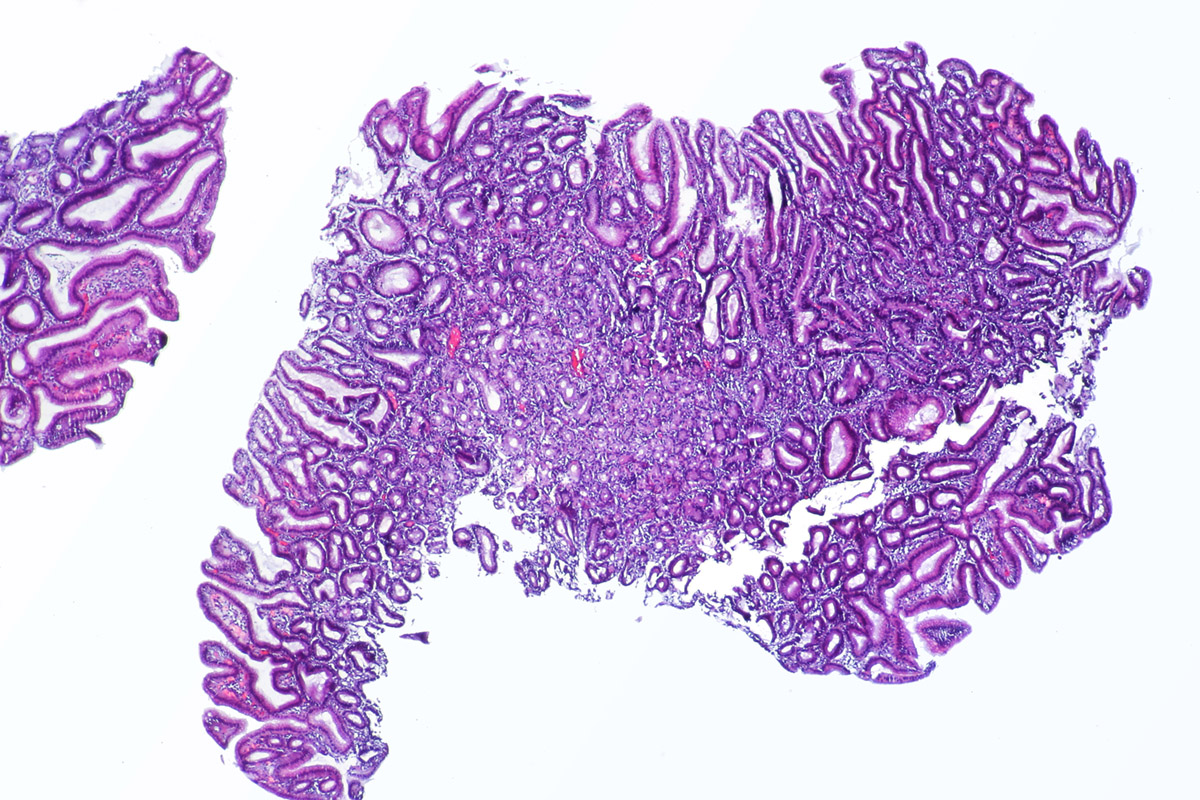

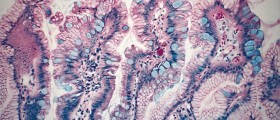
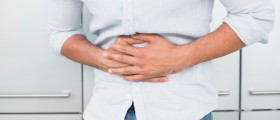





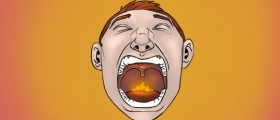


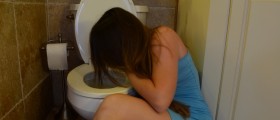

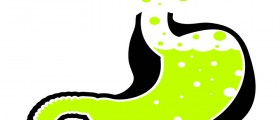
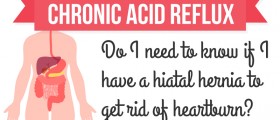
Your thoughts on this
Loading...